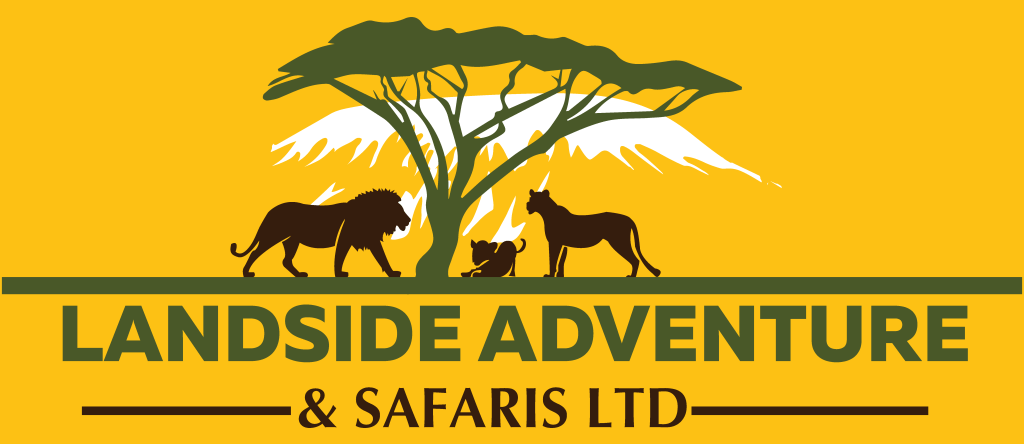
Chat on Whatsapp
-
+255 752 633 454
Rongai Route
RONGAI ROUTE KILIMANJARO
Rongai route ascends Mount Kilimanjaro from the north-eastern side of the mountain, along the border between Tanzania and Kenya. The Rongai retains a sense of unspoiled wilderness.
The Rongai is the only route that approaches Mount Kilimanjaro from the north. The Rongai route is truly one of the more remote and wild trails on the entire mountain. Despite that, however, this route offers trekkers plenty of advantages, making it a very appealing option for those looking for a unique experience on Africa’s tallest peak.
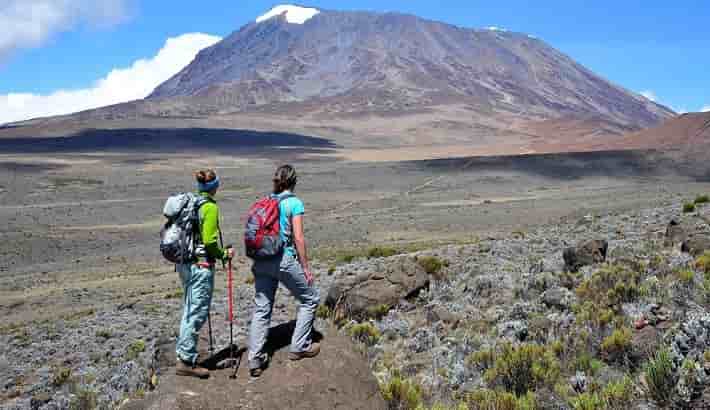
Due to its remote nature, the Rongai Route is among the least visited of all of the trails on Mount Kilimanjaro. Those who choose this path will experience peace for much of the trek, encountering few other climbers before reaching the Kibo Camp, at which point the trail merges with the Marangu for the final push to the summit.
Before that happens, however, travellers will often have the path completely to themselves for hours or even days at a time, making this a good choice for those looking for solitude in a unique wilderness setting.
Rongai approaches Mount Kilimanjaro with a slow, steady climb, giving hikers a chance to acclimatize at a steady rate. This not only makes it one of the easier routes up the mountain, but it also increases the success rate substantially.
There are few major obstacles to overcome along this trail and the final day before summit day is a short one, giving trekkers a chance to rest, recuperate, and prepare for their climb to the top of Uhuru Peak.
Because the Rongai Route starts on the north side of the mountain, not far from the border with Kenya, it is also the driest route on Kilimanjaro as well.
This makes it a good choice for a trek all year round, but especially during the rainy season in April and May. Most of the rain storms tend to stay on the southern side of the mountain, allowing Rongai hikers to stay drier and warmer than those on some of the other, more popular, trails
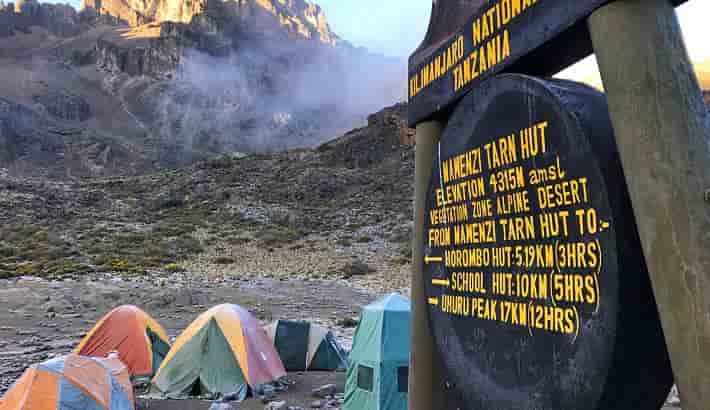
Other advantages of choosing the Rongai it include the potential to spot wildlife, including Colobus Monkeys, in the first few days of the climb. The campsites are also nicely staggered out across the route, ensuring that hikers spend a similar amount of time on the trail each day. And since the trail goes up the north side and down the south side, travellers get a sense of what Kilimanjaro looks like from different perspectives.
Rongai Route Map

If there is one criticism of the Rongai Route it is that it may not be as scenic as some of the other routes up Mt. Kilimanjaro. While it is true that the scenery isn’t as varied and dramatic as some of the other trails, there is still plenty to see and enjoy on this path too. And because you’ll encounter so few people, you’ll have an easier time soaking it all in.
Climbing Kilimanjaro offers Rongai as a 7 day climb or a 6 day private climb. The six day variation does not have an acclimatization day on day four at Mawenzi Tarn Hut.
Rongai Route Itineraries
Rongai Route Frequently asked questions
Is the Rongai Route the easiest route up Kilimanjaro?
The Rongai is considered to be the easiest route up Mount Kilimanjaro. The trek is both gradual and steady. However, the Rongai Route does not have a great climb high sleep low profile which makes it arguably more difficult than the Machame or Lemosho routes. The 7-day trek option is highly recommended as it allows for better acclimatization. No technical climbing is required however level of fitness is required. You can read more on training to climb Kilimanjaro and our Kilimanjaro training program page to help you prepare
What is the distance of the Rongai Route and how many days does it take?
The exact trekking distance for the Rongai is 79km or 49 miles. The shortest number of days required for the Rongai Route is 6 days, but by the time you have added on arrival and departure days, it is 9 or 10. However, as it’s considered the easiest route on the mountain it is best done over 7 days to increase your chances of success.
What is the Rongai Route Route Summit Success Rate?
The summit success rates for the Rongai are greatly increased with the longer trek option. Whilst there are no official statistics, the average success rate across all operators is 80% for the 7-day trek and a 65% success rate for the 6-day trek. However, We have a 95% summit success rate for both Rongai route treks. Read more about how many days it takes to climb Kilimanjaro to know why we recommend longer treks.
What is the Scenery like on the Rongai Route Route?
The Rongai Route is the only route that approaches Mount Kilimanjaro from the north, near the Kenyan border. The Rongai route has low crowds and passes through remote wilderness areas.
It is probably the only route where seeing wildlife in the first days is possible. After passing through the rainforest you ascend through moorlands and then up into the high alpine zones before reaching the glacial zone.
When is the best time to Trek Rongai Route Route Route?
July-September are the best months to climb Kilimanjaro as the weather is most stable during this period and encountering rain is less likely. That said, since it is close to the equator it is possible to climb the mountain at any time of the year.
April and May are the rainy season so this period is best avoided. Because the Rongai Route is on the northern side of Kilimanjaro and is in a rain shadow, the months of May and November are a good time to do the trek as well.
Email Address
info@landsideadventures.com
Call
+255 752 633 454
+255 692 406 444
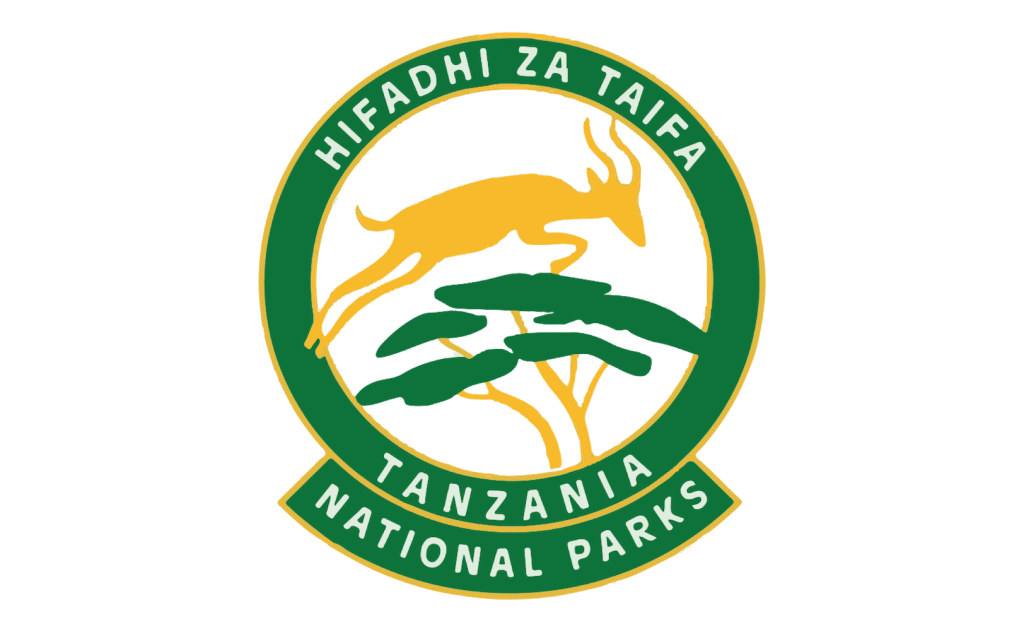
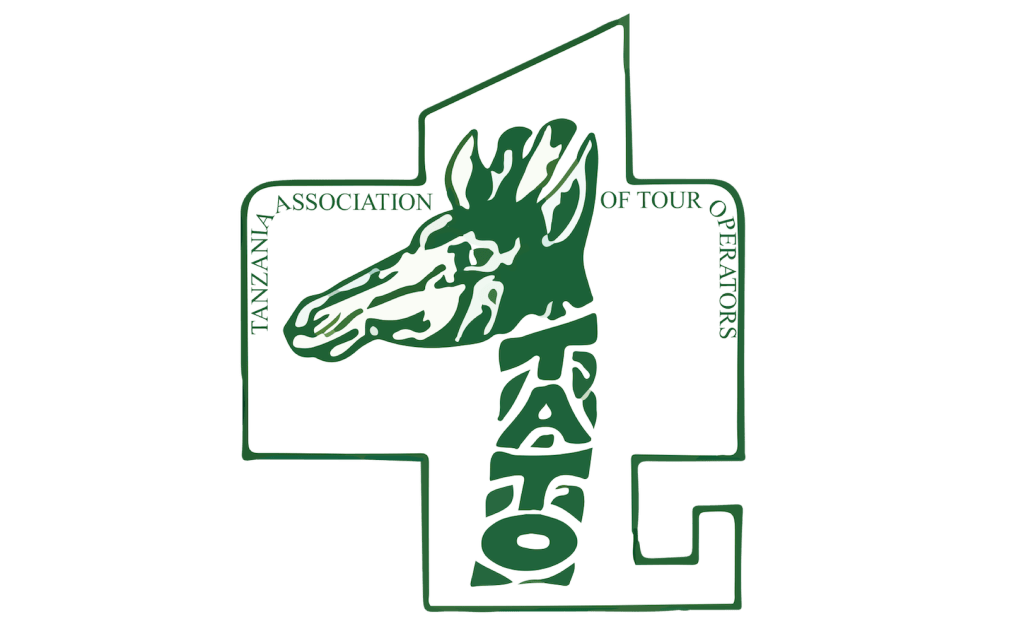
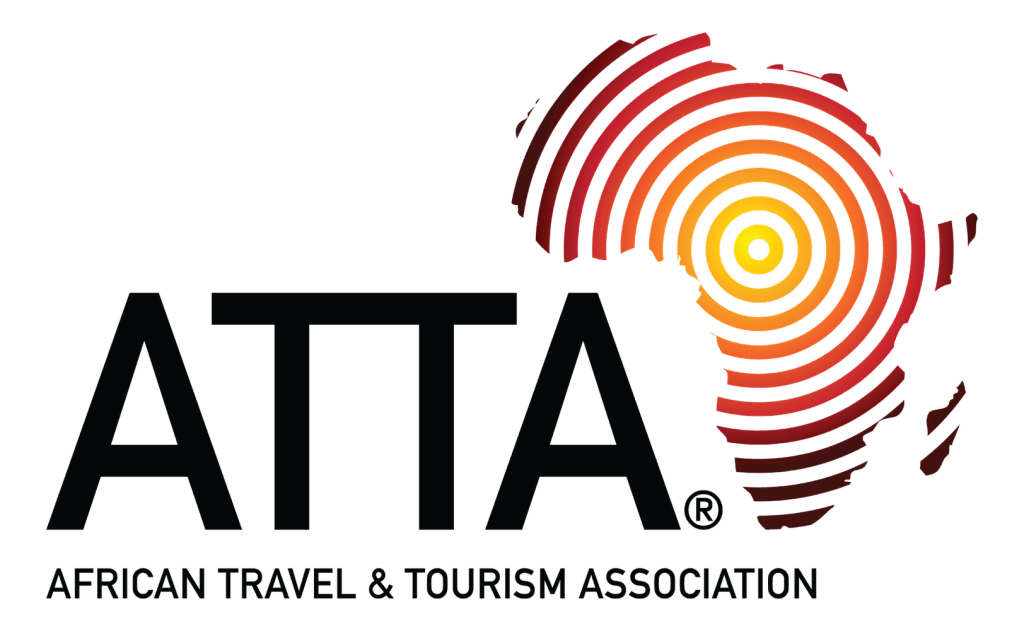
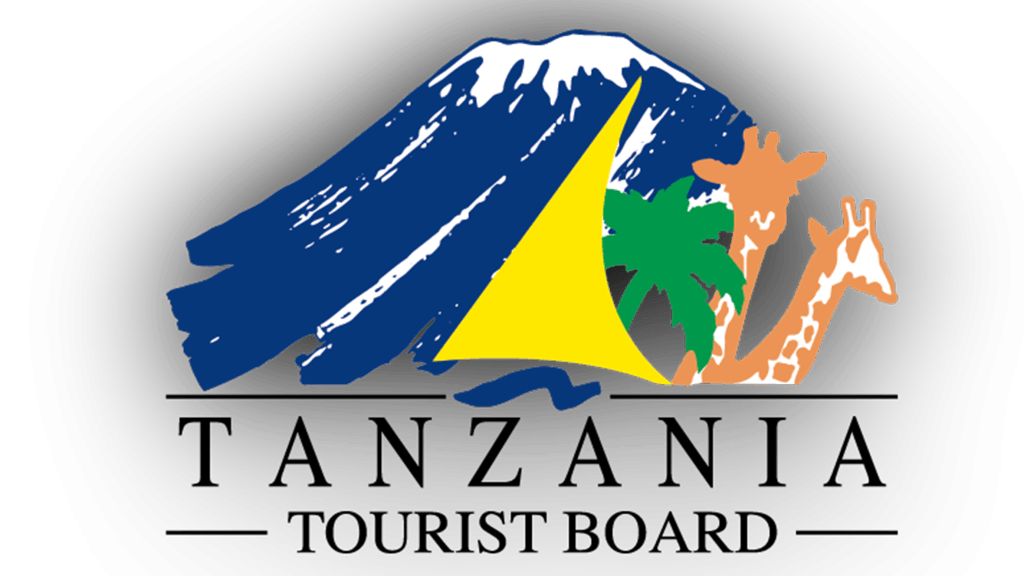
Email Address
info@landsideadventures.com
Call
+255 752 633 454
+255 692 406 444




Email Address
info@landsideadventures.com
Call
+255 752 633 454
+255 784 971 777






